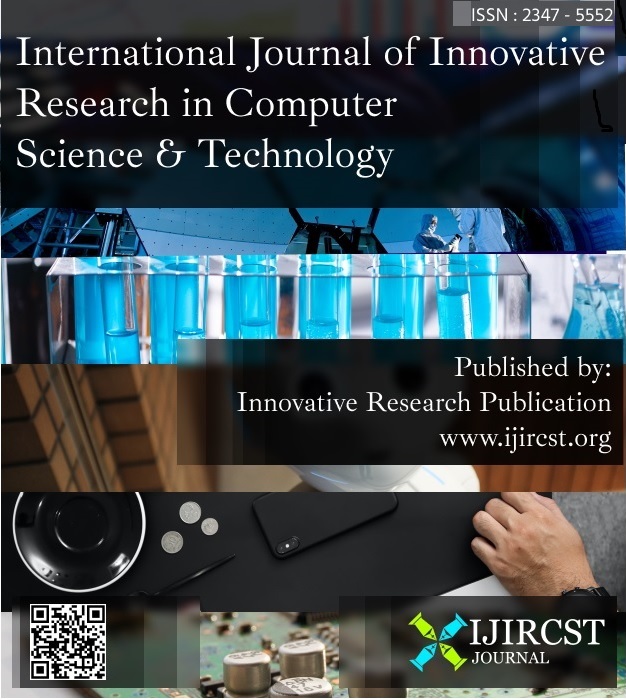Recognizing Sentiment Prediction on Twitter Data
Keywords:
Sentiment Analysis, Opinion Mining, Literature Review, Supervised Machine LearningAbstract
Escorted by the wide spread of Internet today, people have found a new way of expressing their opinions. It is a platform with a variety of information where an individual can also view the opinions of others. This is continuously growing and becoming an important factor in decision making for various organisations, businesses and even for Politics. In this paper we have chosen the most popular social media platform i.e. Twitter for our Sentiment Analysis. Eventually, Acknowledging the opinions beyond the tweets is of great concern. The fundamental aim of Sentiment Analysis is to reason feelings and ideas of individuals. We have made data analysis with tweets related to a topic and thereby classified their polarity using different machine learning algorithms.
Downloads
References
T. Wilson, J. Wiebe, and P. Hoffman. Recognising Polarity and performing Sentiment Analysis of Contextual phrases, 2005.
Harb, M. Roche, P. Poncelet, M. Plantie, F. Trousset and G. Dray performed "Web Opinion Mining: How to extract opinions from blogs" in the 5th International Conference on Soft Computing as Trans-disciplinary Science and Technology: pp:211-217, 2008: ACM.
C. Wu, X. Wang and L. Shen, "A new method of using contextual information to infer the semantic orientations of context dependent opinions" in Computational Intelligence and Artificial Intelligence; International Conference, AICI’09, Vol:4; IEEE, pp:274-278, 2009.
P. Paroubek and Pak, “Twitter as a corpus for Sentiment Analysis and Opinion Mining”;LREc, Vol:10, 2010.
R.Xia, C.Zong and S.Li, “Ensemble of feature Sets and Classification Algorithms for Sentiment Classification, “Information Sciences”; Vol:181, no.6, pp:1138-1152, 2011.
H.Saif, H.Alani and Y.He, “Semantic Sentiment Analysis of Twitter”, in International Semantic Web Conference, Springer; pp: 508-524, 2012.
Po-Wei Liang and Bi-Ru Dai, “Opinion Mining on Social Media Data” in 14th IEEE International Conference: Mobile Data Management, Milan, Italy, pp:91-96, ISBN:978-149673-6068-5, June 3-6, 2013.
F.H. Khan, U. Qamar and S. Bashir, “Twitter Opinion Mining Framework using Hybrid Classification Scheme” in Decision Support Systems; Vol:57, pp:245- 257, 2014.
M. Hagen, B. Stein, M. Buchner and M.Potthast “Webis, an Ensemble for Twitter Sentiment Detection” in the 9th International Workshop on Semantic Evaluation 2015, pp:582-589.
V. Kharde and P. Sonawane, "Sentiment analysis of twitter data: A survey of techniques," arXiv preprint arXiv:1601.06971, 2016.
A.Tripathy and S.K.Rath, experimented with “Supervised Machine Learning Techniques for Sentiment Classification Of Reviews” in “International Journal Of Rough Sets and Data Analysis (IJRSDA), Vol:4, no.1, pp:56-74, in 2017.
M.M. Fouad, A.S. Mashat and T.F. Gharib, “Efficient Twitter Sentiment Analysis with Feature Selection and Classifier Ensemble”, in International Conference: Advanced Machine Learning Technologies and Applications; Springer; pp:516-527, 2018.
Hetu Bhaysar and Richa Manglani, “Sentiment Analysis Of Twitter Data using Python” in International Research Journal Of Engineering And Technology (IRJET), e-ISSN: 2395-0056 p-ISSN:2395-0072, Mar 2019.
K.P.Murphy, "Naive Bayes classifiers" Vol. 18, in the University of British Columbia, 2006.
